8.2 /10 1 Votes
78% Rotten Tomatoes | 8.1/10 IMDb 4.5/5 Amazon | |||||||||||||||||||||||||||||||||
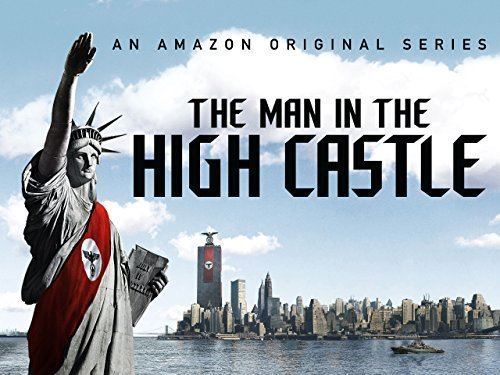 | ||||||||||||||||||||||||||||||||||
Genre Alternate historyScience fictionThriller Starring Alexa DavalosRupert EvansLuke KleintankDJ QuallsJoel de la FuenteCary-Hiroyuki TagawaRufus SewellBrennan BrownCallum Keith RennieBella Heathcote Composer(s) Henry JackmanDominic Lewis Cast Profiles | ||||||||||||||||||||||||||||||||||
The man in the high castle tv review
The Man in the High Castle is an American dystopian alternative history television series produced by Amazon Studios, Scott Free, Headline Pictures, Electric Shepherd Productions and Big Light Productions. The series is loosely based on the 1962 novel of the same name by American science fiction author Philip K. Dick. Taking place in 1962—in an alternate history of the world in which the Axis powers won World War II and subdivided the world, splitting the United States into two powers, the Greater Nazi Reich and the Japanese Pacific States—the series follows characters from all three sides whose destinies intertwine after coming into contact with a series of propaganda films that show a vastly different history from that of their own.
Contents
- The man in the high castle tv review
- Season one
- Season two
- Main
- Recurring
- John Smiths family
- Juliana Crains family
- Nobusuke Tagomis family
- Historical figures
- Season 1 2015
- Season 2 2016
- Production
- Reception
- Advertising controversy
- References
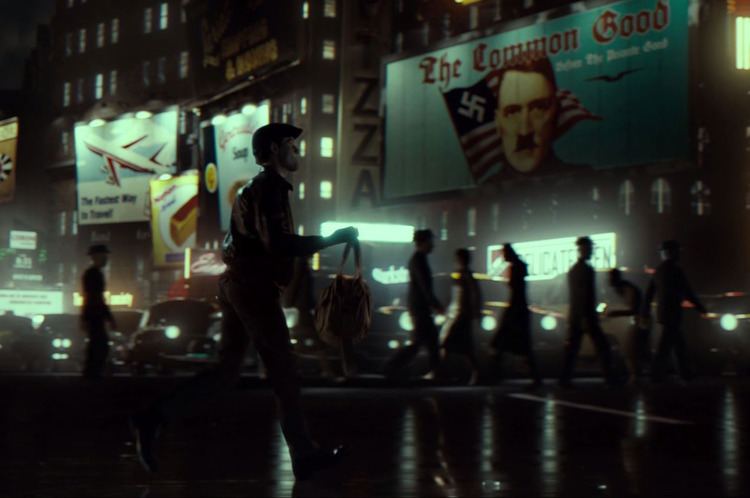
The pilot premiered on January 15, 2015, and was Amazon's "most-watched since the original series development program began." On February 18, 2015, the series was picked up for a ten-episode season, and the remaining nine episodes were released on November 20, 2015. A second season of ten episodes premiered on December 16, 2016. On January 3, 2017, it was announced that Amazon had renewed the series for a third season.
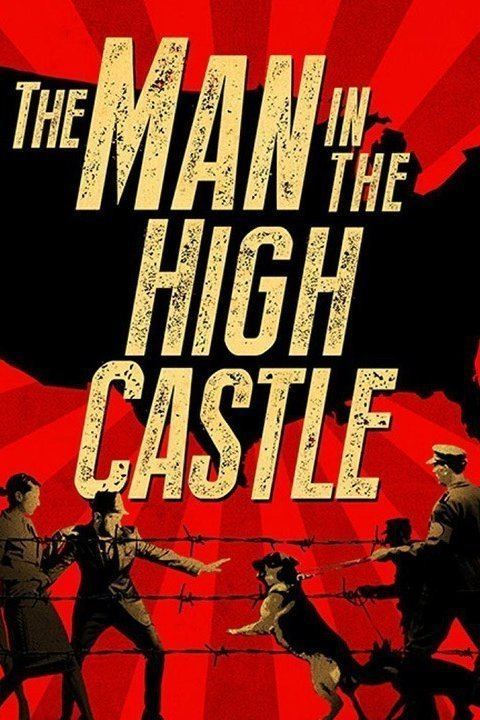
Season one
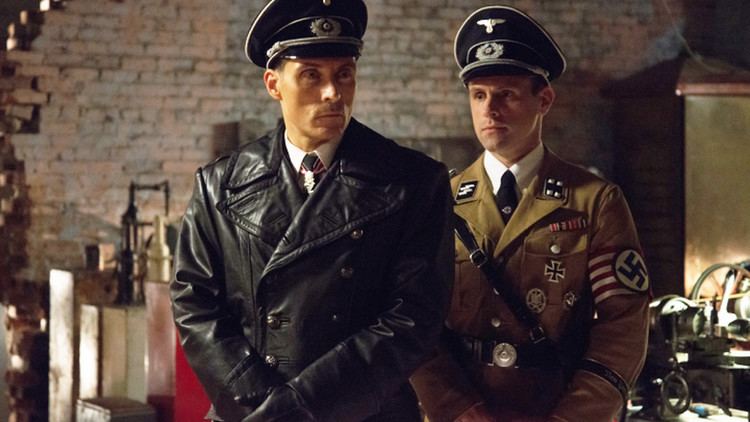
The central characters are Juliana Crain, Frank Frink, Joe Blake, John Smith, Nobusuke Tagomi, and Takeshi Kido. The series takes place in an alternate 1962.
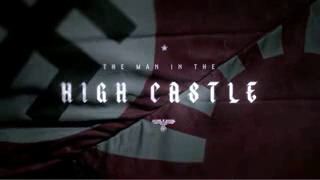
Juliana Crain is a San Francisco woman who becomes entangled with the resistance when her half-sister Trudy is killed by the Kempeitai, just after giving Juliana a film reel that contains newsreel-style footage depicting an alternate history in which the Allies won World War II and Germany and Japan were defeated. The film is entitled The Grasshopper Lies Heavy, and is part of a series of similar newsreels being collected by someone referred to as "The Man in the High Castle". Juliana believes the newsreel reflects some sort of alternate reality and that it is part of some kind of larger truth about how the world should be. Her boyfriend, Frank Frink (who keeps his Jewish roots hidden in order to avoid extradition and death at the hands of the Nazis), believes that the newsreel has no relation to real-life events. Juliana learns Trudy was carrying the film to Canon City, Colorado, in the Neutral Zone, where she was going to meet someone. Juliana decides to travel there in Trudy's place to find out what her half-sister's mission was. When she arrives in Canon City, she encounters Joe Blake.
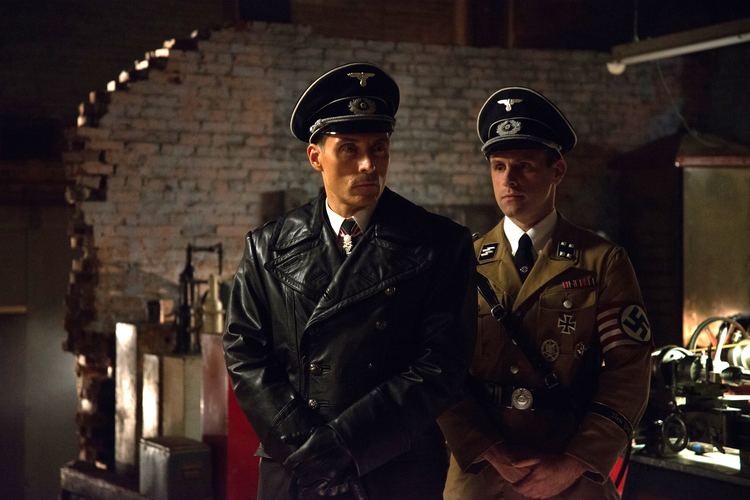
Blake is a 27-year-old New Yorker who is a double agent working for the Nazis under Obergruppenführer John Smith, a former US military officer who joined the Nazis and rose through the ranks to become a senior officer in the SS. Blake is pretending to be a member of the resistance while he searches for the resistance contact in Canon City, which is Juliana, substituting for Trudy.
Nobusuke Tagomi is a high-ranking Japanese official (the Trade Minister) in San Francisco. He meets in secret with Nazi official Rudolph Wegener, who is traveling incognito as Swedish businessman Victore Baynes. Tagomi and Wegener are concerned about the power vacuum that will exist when the Reich's Führer Adolf Hitler dies, or is forced to step down due to his worsening Parkinson's disease. Wegener explains that Hitler's successor will want to use the Reich's nuclear bombs against Japan to gain control of the rest of the former United States. Currently, however, Japan and the Third Reich are engaged in a cold war full of tension but no open warfare, with the Japanese lagging behind the Germans technologically.
Frank Frink ends up being arrested when the Japanese and the Nazis become suspicious of Juliana's activities. He refuses to give her up, causing the Japanese to kill Frink's sister and her two children for being Jewish. This leads Frink to plan to kill the visiting Crown Prince and Princess, but he ends up backing out.
Season two
Season Two of the show broadly encompasses Frank Frink deciding to forgo his hesitancy and relative pacifism and choosing to become a committed member of the American Resistance to the Japanese Empire inside the Pacific States, eventually participating in a successful terrorist bombing of a central-command building of the Pacific States government in downtown San Francisco. The attack kills many Empire military and other top-level leadership and it is presumed that the size and depth of the incendiary explosion means none of the perpetrators of the bombing—including Frink—survived the attack either.
Juliana Crain claims asylum in the Nazi Reich using their San Francisco Embassy so she can escape Japanese soldiers who hold her responsible for at least one murder. John Smith, seeing that her asylum claim is unlikely to succeed, steps in to the interrogation room and assumes command of her claim himself, ensuring it goes through, and he takes her to New York without Joe Blake's knowledge. Joe Blake himself discovers he was a product of the Lebensborn programme, and also that he is the sole biological son of a top-ranking Nazi official in Berlin, Martin Heusmann. Eventually Blake reconciles with Heusmann on the personal level and, in so doing, becomes second-in-command of the Chancellorship after Adolf Hitler dies and the Nazi leadership in Berlin grants Heusmann the Reich's Acting Chancellor title, which they do quickly and almost by default.
Immediately, Hitler's death is abruptly pinned upon Japanese spies, and Heusmann suddenly announces on television that the Japanese agents whom he claims assassinated the Führer will be brought to justice by any means necessary, including war. John Smith is the only high-ranking Nazi official to be suspicious of the nature of Heusmann's sudden announcement, and to gain insight in to why it has happened, he interrogates another high-ranking Nazi, Heydrich, who reveals a far-reaching conspiracy led by Heusmann designed to result in a Nazi nuclear onslaught against the Japanese Empire that will kill tens of millions of Japanese, decimate their Empire, level Tokyo, kill their Emperor, and force the surviving Japanese to permanently absorb themselves in to a global Nazi Reich. John Smith undertakes carefully-calculated stealth actions to disrupt and dismantle the Heusmann conspiracy and, as a final act, travels to Berlin and informs Heinrich Himmler — the Nazi Reichsführer and not involved in the conspiracy — of the existence of the conspiracy. Audiotapes, together with physical and written evidence reaching too deep within the existing Reich's power structure to be dismissed as hearsay, are handed personally by John Smith over to the Reichsführer, who then angrily leads Smith and several of his closest Berlin subordinates in to the late Führer's office occupied by the Acting Chancellor. He arrests Heusmann for high treason and the murder of Adolf Hitler, detains Joe Blake along with Heusmann, and then addresses the Volkshalle packed with hundreds of thousands of Reich civilians and uniformed stormtroopers, nixing the war-declaration speech meant to have been delivered by Heusmann and instead informing the Reich of Heusmann's conspiracy and John Smith's exposing of it. Upon learning this, the entire Volkshalle erupts in to a celebratory mood marked by repeated mass Nazi salutes of Himmler's men in general and then John Smith in particular.
The second season ends with Himmler and John Smith implicitly assuming command of the Reich, and an implied new era of peace and tranquility between the Japanese Empire and the Greater Nazi Reich. Juliana Crain continues to live out her asylum claim inside New York Nazi territory, and the final few minutes of the final episode of the second season show Crain's sister is not in fact dead after all. In a basement somewhere, John Smith is given access to a room filled to bursting with reels of films watched by the late Führer.
Main
Recurring
John Smith's family
Juliana Crain's family
Nobusuke Tagomi's family
Historical figures
Season 1 (2015)
The pilot and the second episode were screened at a special Comic-Con event. The season premiered on November 20, 2015.
Season 2 (2016)
The second season was released on December 16, 2016.
Production
In 2010, it was announced that the BBC would co-produce a four-part TV adaptation of The Man in the High Castle for BBC One together with Headline Pictures, FremantleMedia Enterprises and Scott Free Films. Director Ridley Scott was to act as executive producer of the adaptation by Howard Brenton.
On February 11, 2013, Variety reported that Syfy was adapting the book as a four-part miniseries, with Ridley Scott and Frank Spotnitz as executive producers, co-produced with Scott Free Prods., Headline Pictures and Electric Shepherd Prods.
On October 1, 2014, Amazon.com began filming the pilot episode in Roslyn, Washington, for a new television drama to be aired on their Prime web video streaming service. This has been adapted by Frank Spotnitz and is being produced for Amazon by Ridley Scott, David Zucker and Jordan Sheehan for Scott Free, Stewart Mackinnon and Christian Baute for Headline Pictures, Isa Hackett and Kalen Egan for Electric Shepherd and Spotnitz's Big Light Productions. The pilot episode was released by Amazon Studios on January 15, 2015. Amazon Studios' production process is somewhat different from those of other conventional television channels. They produce pilot episodes of a number of different prospective programs, then release them and gather data on their success. The most promising shows are then picked up as regular series. On February 18, 2015, Amazon.com announced that The Man in the High Castle was given the green-light along with four other series, and a full season would be produced.
Production for the pilot episode began in October 2014. Principal filming took place in Seattle, with the city standing in for San Francisco and locations in New York City, as well as Roslyn, Washington, which was the long-time shooting location for Northern Exposure. Sites used in Seattle include the Seattle Center Monorail, the Paramount Theatre, a newspaper office in the Pike Place Market area, as well as various buildings in the city's Capitol Hill, International District, and Georgetown neighborhoods. In Roslyn, the production used external shots of the Roslyn Cafe which featured prominently in Northern Exposure along with several local businesses and scenery.
In April 2015, filming took place in Vancouver, British Columbia, in the downtown area of West Georgia Street, along the promenade of the Coast Capital Savings building. In May and June 2015 filming also took place at the University of British Columbia. Exterior shots of Hohenwerfen Castle in Werfen, Austria were filmed in September 2015 for the tenth episode of the first season.
Reception
The first season of The Man in the High Castle received critical acclaim from critics. Rotten Tomatoes gives season 1 an approval rating of 95% based on reviews from 58 critics, with an average rating of 7.54 out of 10. The site's critical consensus states, "By executive producer Ridley Scott, The Man in the High Castle is unlike anything else on TV, with an immediately engrossing plot driven by quickly developed characters in a fully realized post-WWII dystopia." Metacritic gives the first season a score of 77 out of 100, based on reviews from 30 critics, indicating "generally favorable reviews".
Meredith Woerner from io9 wrote, "I can honestly say I loved this pilot. It's an impressive, streamlined undertaking of a fairly complicated and very beloved novel." Matt Fowler from IGN gave 9.2 out of 10 and described the series as a "a superb, frightening experience filled with unexpected twists and (some sci-fi) turns." Brian Moylan of The Guardian was positive and praised the convincing depiction as well as the complex, and gripping, plot. The Los Angeles Times described the pilot as "provocative" and "smartly adapted by The X-Files' Frank Spotnitz." The Daily Telegraph said it was "absorbing" and Wired called it "must-see viewing." Entertainment Weekly said it was "engrossing" and "a triumph in world-building," cheering, "The Man in the High Castle is king."
After its first season, Rolling Stone included it on a list of the forty best science fiction television shows of all time.
Amazon subsequently announced it was the service's most-streamed original series and had been renewed for a second season. Season 2 was met with mixed reviews. Rotten Tomatoes gives the second season an approval rating of 63% based on reviews from 19 critics, with an average rating of 6.86 out of 10. The site's critical consensus states, "Although its plot is admittedly unwieldy, The Man in the High Castle's second season expands its fascinating premise in powerful new directions, bolstered by stunning visuals, strong performances, and intriguing new possibilities." Metacritic gives season 2 a score of 62 out of 100, based on reviews from ten critics.
Advertising controversy
As part of an advertising campaign for the release of the first season, one entire New York City Subway car was covered with Nazi and Imperial Japanese imagery as seen in the show, including multiple American flags with the Nazi eagle emblem in place of the 50 stars and multiple flags of the fictional Pacific States. In response to criticism from "state lawmakers and city leaders", the Metropolitan Transportation Authority (MTA) released a statement saying that there were no grounds to reject the ads due to neutral content subway ad standards only prohibit advertising that is a political advertisement or disparages an individual or group. MTA spokesperson Kevin Ortiz stated that, "The MTA is a government agency and can't accept or reject ads based on how we feel about them; we have to follow the standards approved by our board. Please note they're commercial ads." Spokesperson Adam Lisberg said, "This advertising, whether you find it distasteful or not, obviously they're not advertising Nazism; they're advertising a TV show." After complaints from New York State Governor Andrew Cuomo and New York City Mayor Bill de Blasio, initial reports indicated that Amazon pulled the advertisement from the subway. It was later announced that the MTA pulled the ad due to pressure from Governor Cuomo, not Amazon.
